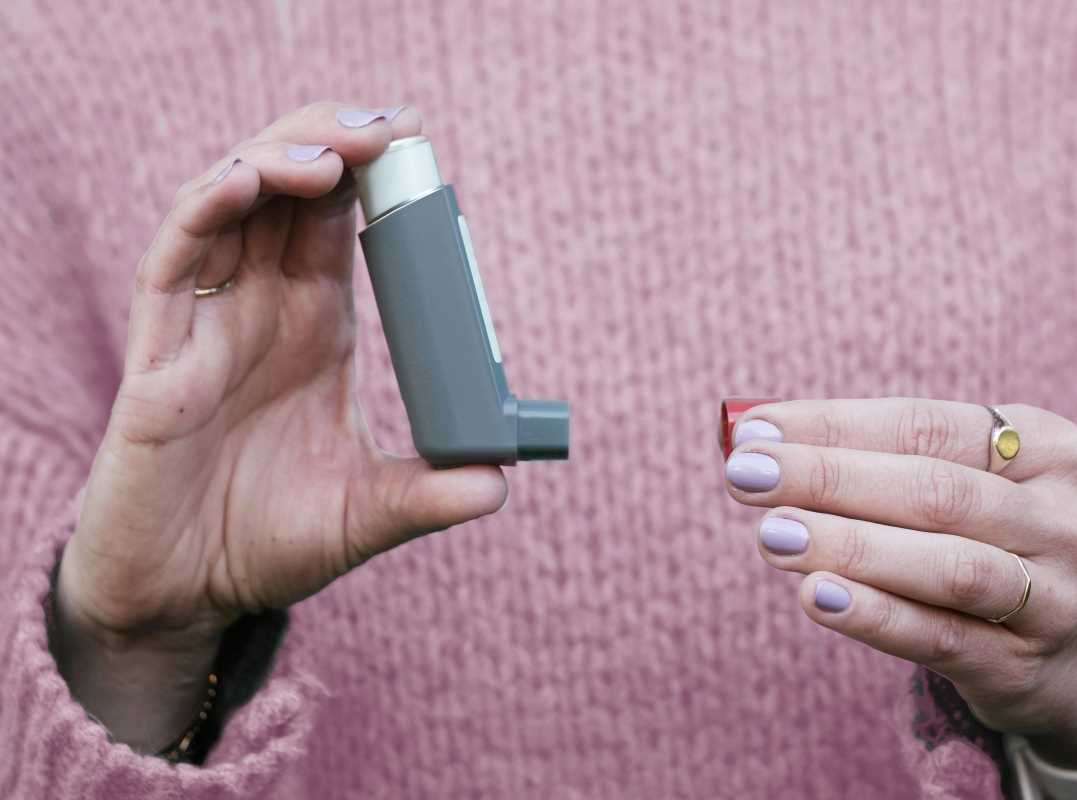Living in urban environments presents unique challenges for individuals managing asthma, especially in cities grappling with high pollution levels. Asthma, a chronic respiratory condition characterized by airway inflammation and constriction, can be significantly exacerbated by poor air quality. This article explores the impact of living with asthma in polluted cities, delving into the specific challenges sufferers face and outlining effective strategies and lifestyle adjustments to mitigate these difficulties. Individuals can adopt practical measures to enhance their respiratory health and overall well-being by understanding the interplay between asthma and urban pollution.
Understanding Asthma and Pollution
Asthma is a condition that inflames and narrows the airways, making breathing difficult. Various environmental factors can trigger or worsen asthma symptoms in polluted cities. Recognizing these pollutants is crucial for managing the condition effectively.
- Particulate Matter (PM2.5 and PM10): Fine particles that penetrate deep into the lungs, causing inflammation and exacerbating asthma symptoms.
- Ozone (O3): A reactive gas that irritates the airways, leading to bronchoconstriction and increased asthma attacks.
- Nitrogen Dioxide (NO2): Emitted from vehicle exhaust, this gas can inflame the airways and reduce lung function.
- Sulfur Dioxide (SO2): Produced by industrial processes, it can cause airway irritation and trigger asthma episodes.
- Allergens: Pollen, mold spores, and dust mites are more prevalent in polluted urban areas, contributing to heightened allergic reactions and asthma flare-ups.
Challenges of Urban Living for Asthma Sufferers
Urban environments often present multiple obstacles for individuals with asthma. Concentrating pollutants from traffic, industry, and other sources contributes to consistently poor air quality that can trigger respiratory issues. High population density in cities also increases exposure to these pollutants, exacerbating the severity and frequency of asthma attacks.
Limited access to green spaces in many cities reduces outdoor opportunities, which are essential for maintaining physical health and managing stress—both critical factors in asthma management. Continuous exposure to noise and light pollution can also contribute to stress and anxiety, indirectly affecting respiratory health. Navigating these challenges requires a comprehensive approach that addresses environmental and personal health factors.
Strategies for Better Breathing
Effective asthma management in polluted cities involves adopting specific breathing techniques and exercises to alleviate symptoms and improve lung function. Implementing these strategies can empower individuals to take control of their respiratory health despite challenging environmental conditions.
- Diaphragmatic Breathing: This technique strengthens the diaphragm, promoting deeper and more efficient breaths by engaging the lower lungs.
- Pursed-Lip Breathing: By inhaling through the nose and exhaling slowly through pursed lips, this method helps keep airways open longer, facilitating better airflow.
- Box Breathing: Also known as square breathing, this technique involves inhaling, holding, exhaling, and holding the breath again in equal intervals, promoting relaxation and improved respiratory control.
- Buteyko Breathing: This method emphasizes controlled, shallow breathing to increase carbon dioxide levels in the blood, which can reduce airway constriction.
- Mindful Breathing: Incorporating mindfulness practices with focused breathing can help reduce stress and anxiety, which are known triggers for asthma attacks.
Practical Lifestyle Adjustments
For asthma sufferers living in polluted cities, adapting daily habits to minimize exposure to pollutants and enhance respiratory health is essential. These adjustments can significantly improve quality of life and reduce the frequency of asthma symptoms.
Implementing measures such as using air purifiers at home, avoiding outdoor activities during peak pollution hours, and maintaining a clean living environment can make a substantial difference. Further, adopting a balanced diet rich in antioxidants can help combat the effects of pollution on the respiratory system. For those seeking better breathing, staying informed about local air quality indexes and planning activities accordingly is also crucial.
Establishing a routine medication schedule and working closely with healthcare providers to adjust treatment plans as needed is beneficial. Regular physical activity, such as indoor exercises or swimming, can enhance lung capacity and overall fitness, improving asthma management. Furthermore, reducing stress through yoga or meditation can help maintain mental and emotional well-being, which is closely linked to respiratory health.
Utilizing Technology and Resources
Modern technology offers a variety of tools that can assist asthma sufferers in managing their condition more effectively, especially in polluted urban settings. Mobile applications and wearable devices can monitor air quality in real-time, providing alerts when pollution levels are high and suggesting optimal times for outdoor activities. These technologies enable individuals to make informed decisions about their daily routines and minimize exposure to harmful pollutants.
In addition to monitoring tools, telemedicine services offer healthcare professionals convenient access. They allow for timely consultations and adjustments to treatment plans without the need for physical visits.
By taking proactive steps and utilizing available resources, individuals with asthma can achieve better respiratory health and lead fulfilling lives despite the challenges posed by poor air quality. Continuous education, awareness, and adaptation are key to successfully navigating the complexities of living with asthma in today’s urban landscapes.
 (Image via
(Image via





